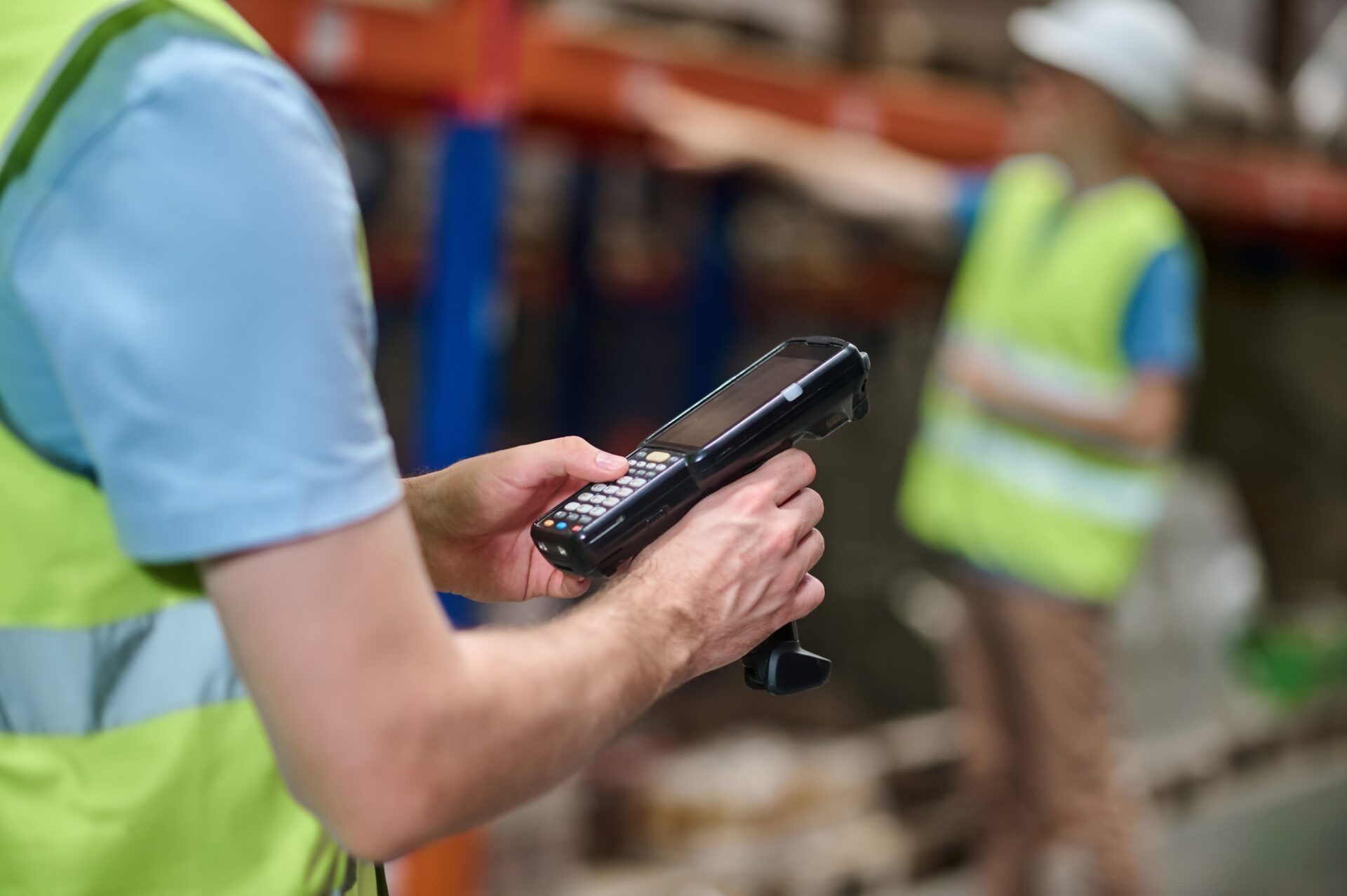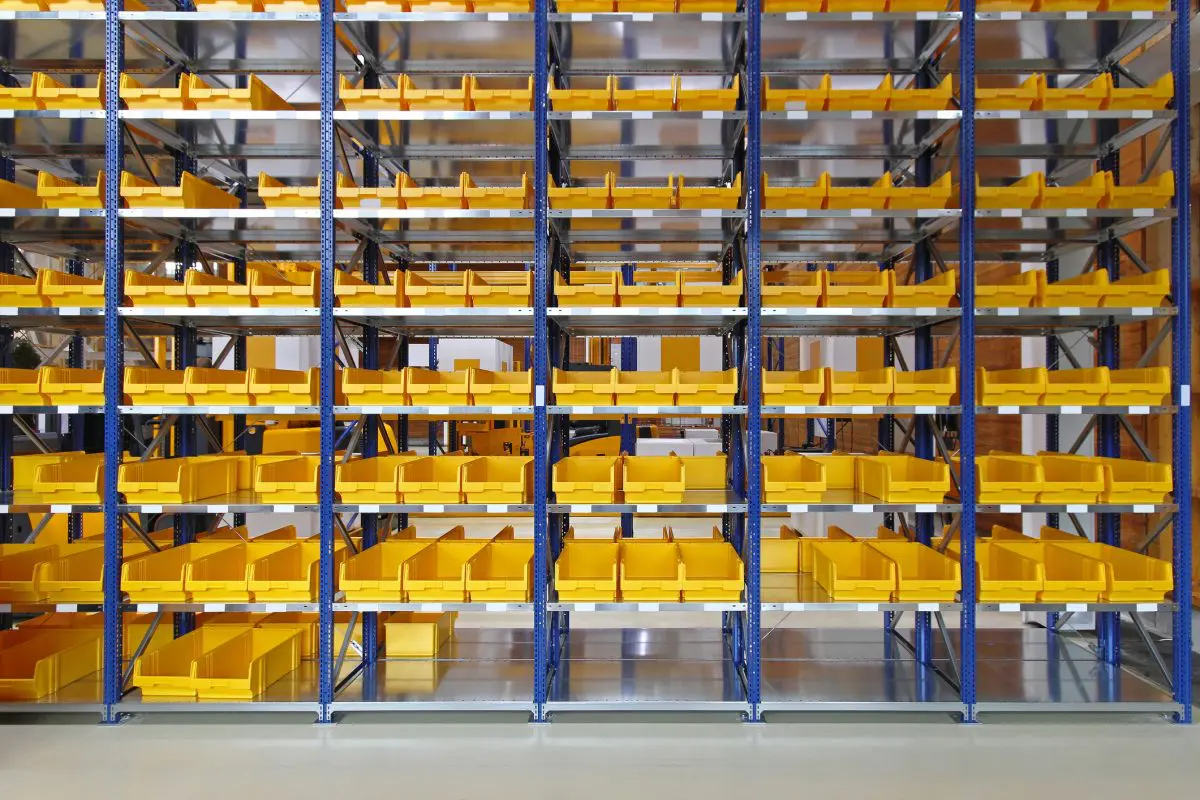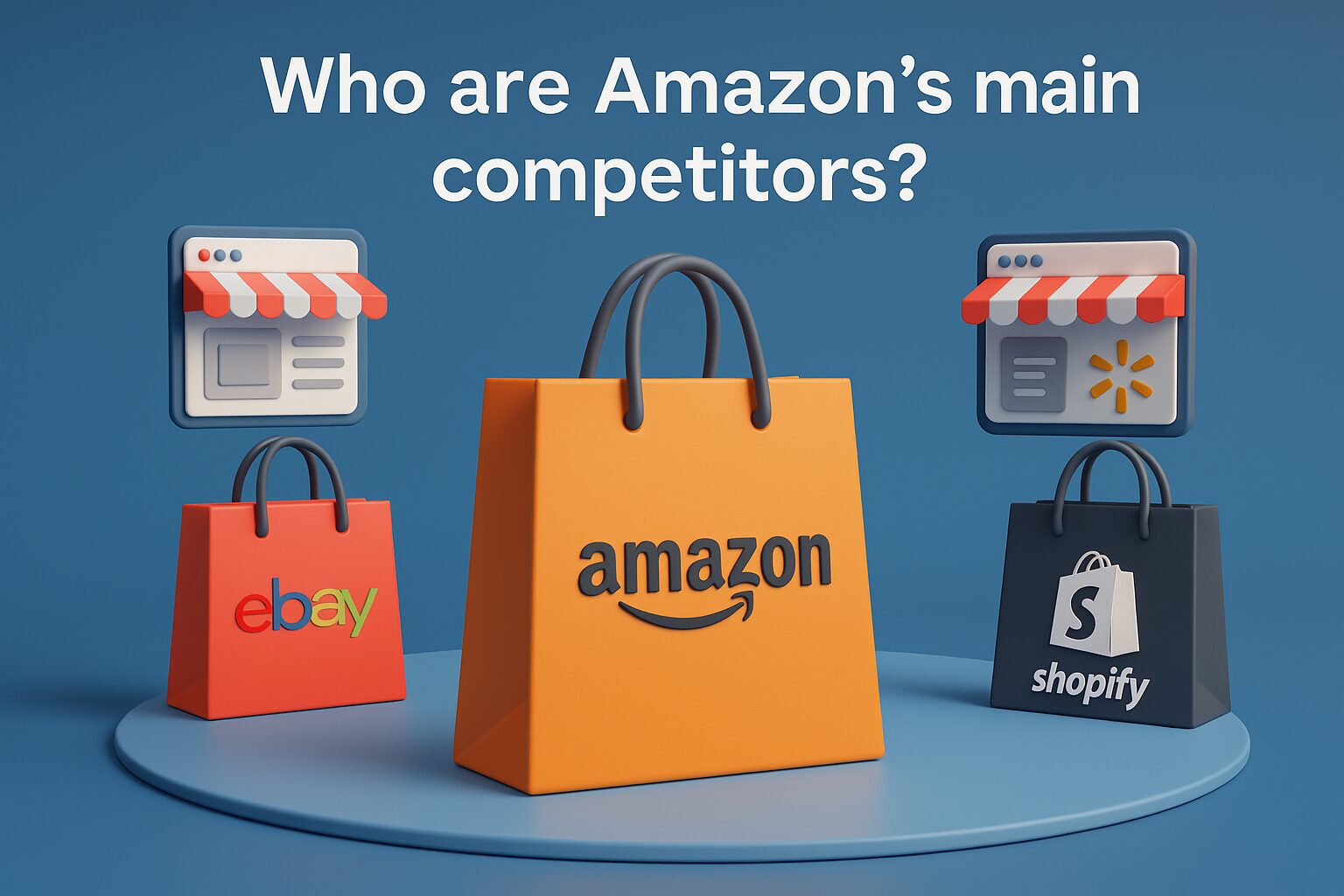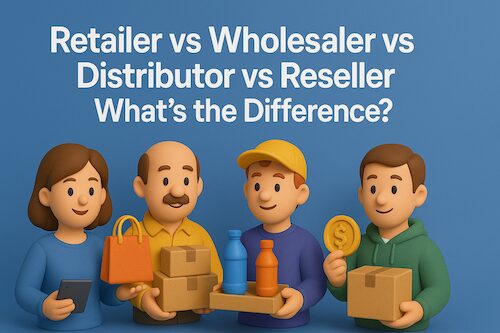What Does Backorder Mean?
Backorder or back order refers to items that are out-of-stock but will be back in stock soon. A product on backorder is already planned by the manufacturer but has not been produced yet, and will be next on the list for delivery when it is back in stock. Customers can buy backordered items on a website, and they will be delivered as soon as they are back in stock. When a SKU is “on backorder” that means that you are pre-ordering a product that is temporarily unavailable.
Backorder Vs Out Of Stock
When a product is marked “out of stock” on your website, customers can’t place an order for that item. Backorders can be ordered by customers, while out-of-stock items cannot be ordered. In both cases the items are unavailable, but items on backorder are guaranteed to come back in stock and be delivered at a later date, while out-of-stock items are not guaranteed to come back. Backordered items will have a longer than normal shipping time, but they will still be delivered at a later date once the items are no longer on backorder.
Will Your Customers Accept Delayed Shipping?
Backorders don’t work for every business. If consumers can readily buy similar products or alternative products from another online store, they are unlikely to wait for delayed delivery from you. If your items fill an immediate need, such as household products, customers probably can’t wait long to receive their orders.
However, back orders can work well for niche products. If your items are top of the line or unique, the wait to receive an order can even give your business an aura of exclusivity. Think of your preorders as the virtual equivalent of the lines around the block every time Supreme drops a new product.
Pros And Cons Of Accepting Backorders
Here are some of the pros and cons of accepting backorders:
Pros:
- Increased Sales: Accepting backorders can help companies increase sales and revenue by capturing orders that would have been lost if they refused to accept orders for out-of-stock products.
- Customer Retention: By accepting backorders, companies can demonstrate their commitment to customer service and retain customers who might otherwise go to a competitor to purchase the product.
- Better Inventory Management: Accepting backorders can help companies better manage their inventory by providing an accurate view of customer demand and allowing them to adjust production and ordering accordingly.
Cons:
- Delayed Fulfillment: Backorders can delay order fulfillment, which can lead to customer dissatisfaction and negative reviews.
- Lost Sales: Backorders can result in lost sales if customers are not willing to wait for the product to be back in stock.
- Uncertainty: Accepting backorders can create uncertainty in demand forecasting and inventory management, which can make it challenging for companies to plan and execute their supply chain operations.
- Potential Cost: Fulfilling backorders may involve additional costs such as expedited shipping or production, which can erode profit margins.
Cross-Docking: Backorder Fulfillment
One of the ways to reduce a backlog is to process backorders quickly once you receive the merchandise. However, it can take days for your order fulfillment warehouse to process a container full of product, log it into inventory, and place it on the shelves. Only then can the fulfillment company start processing the backorders.
Fortunately, there’s a fulfillment solution for that: cross-docking. Cross-docking is a process where products come in at a receiving dock and go directly to the shipping dock. This skips the step of putting items on warehouse shelves.
How to Reduce The Pain Of Backorders For Your Business?
Set Expectations
Start by noting clearly on your website which items are backordered. Include the expected shipping time, if you know it. If the customer doesn’t find out about the delay until after they place the order, you’re off to a bad start.
Follow up by email. Let your customers know you are working on the problem. In addition, it’s important to let customers know when the item is about to ship. That way, they won’t be surprised when the charge appears on their credit card.
Build Excitement
One of the biggest risks of a delayed order is that the customer will change their mind about the purchase. Your communications can keep cancelled orders to a minimum.
Set up an automated email funnel to send to people while they wait for their orders. Tease the qualities of the product. Introduce related products or accessories they might want to purchase. Count down the days until the product ships.
Use these emails to generate a sense of anticipation and excitement. Make the delayed order an opportunity to connect with the customer.
Stay In Touch Throughout The Process
Update the customer on the progress of the order. Honestly report bad news and further delays. Being honest will build trust. Otherwise, the customer may begin to wonder if they are ever getting the product.
Send stock notifications so the customer can follow the progress of back-ordered products through the supply chain. Consider giving updates about the progress on the product page or social media.
Crowdfunding provides an excellent model for this. Crowdfunded products often experience production delays. This is particularly true for entrepreneurs who are figuring out their supply chain for the first time. Yet thousands of customers endure lengthy waits and delays in hopes of being the first to get an exciting new product.








